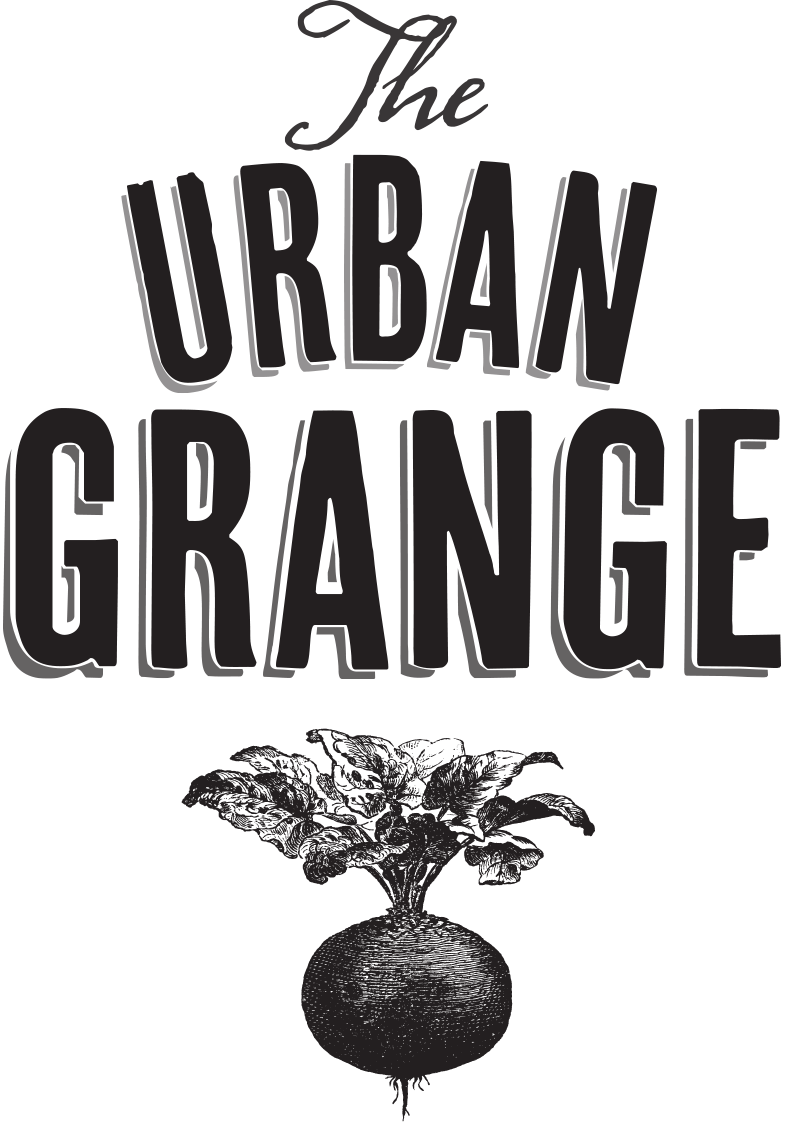The culinary use of flowers dates back thousands of years to the Chinese, Greek and Romans. Many cultures use flowers in their traditional cooking such as squash blossoms in Italian food or rose petals in Indian food. Adding flowers to your food can be a nice way to add colour, flavour and a little whimsy. Some are are nutty or spicy, and some herbaceous, while others are floral and fragrant.
It’s not uncommon to see flower petals used in salads, teas (Bachelor Buttons, aka Cornflowers, are a great addition to Earl Grey) and as a garnish for desserts. They are beautiful in herbal vinegars and salad dressings as well as in ice cubes, jellies, marinades, or flavoured oils.
Picking Edible Flowers: Pick your flowers in the morning when their water content is at its highest.
Preparing Edible Flowers: Remove the stamens and styles from the flowers before eating. The pollen can be bitter and may cause an allergic reaction in some individuals. (Use edible flowers in moderation and with care.) Remove the sepals of all flowers except violas, Johnny-jump-ups, and pansies.
Some flowers including Johnny-jump-up, violet, runner bean, honeysuckle, and clover can be eaten in their entirety while only the petals of some flowers such as rose, calendula, tulip, chrysanthemum, yucca, and lavender are edible. When using just the petals, separate them from the rest of the flower just prior to use to keep wilting to a minimum.
Cut off the bitter white portion at the base of the petal where it was attached to the flower in the case of Roses, dianthus, English daisies, marigolds and chrysanthemums.
Shake each flower to dislodge insects hidden in the petal folds.
Wash the flowers under a fine jet of water or in a strainer placed in a large bowl of water. Drain and allow to dry on absorbent paper. The flowers will retain their scent and colour providing they dry quickly and are not exposed to direct sunlight.
Preserving Edible Flowers: To preserve flowers, put them on moist paper and place together in a hermetically-sealed container or in plastic wrapping. This way, certain species can be preserved in the refrigerator for some 10 days.
If the flowers become limp, they can be revitalized by floating them on icy water for a few moments. You can also store the whole flower in a glass of water in the refrigerator overnight.
Only eat flowers of varieties you know to be edible and that you have grown yourself with no pesticides,
or have acquired from a certified organic source. Better still, grow your own.


